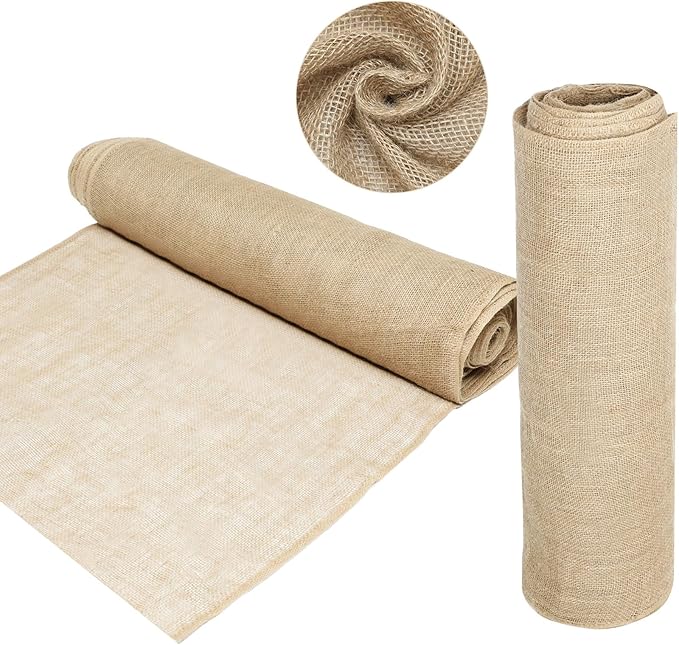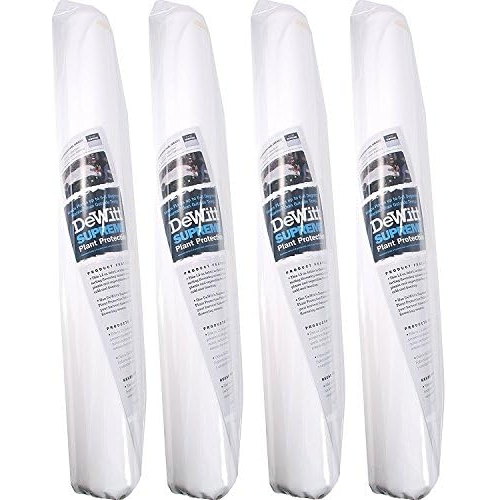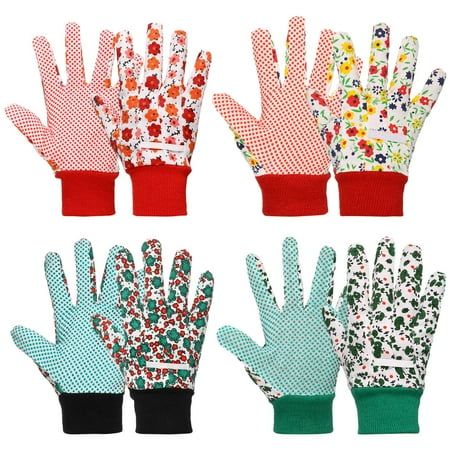Wrap These 7 Plants Up in November to Survive the Winter Outdoors – It's Your Last Chance to Protect Them From Frost
Act now to get your protection in place before the frosts
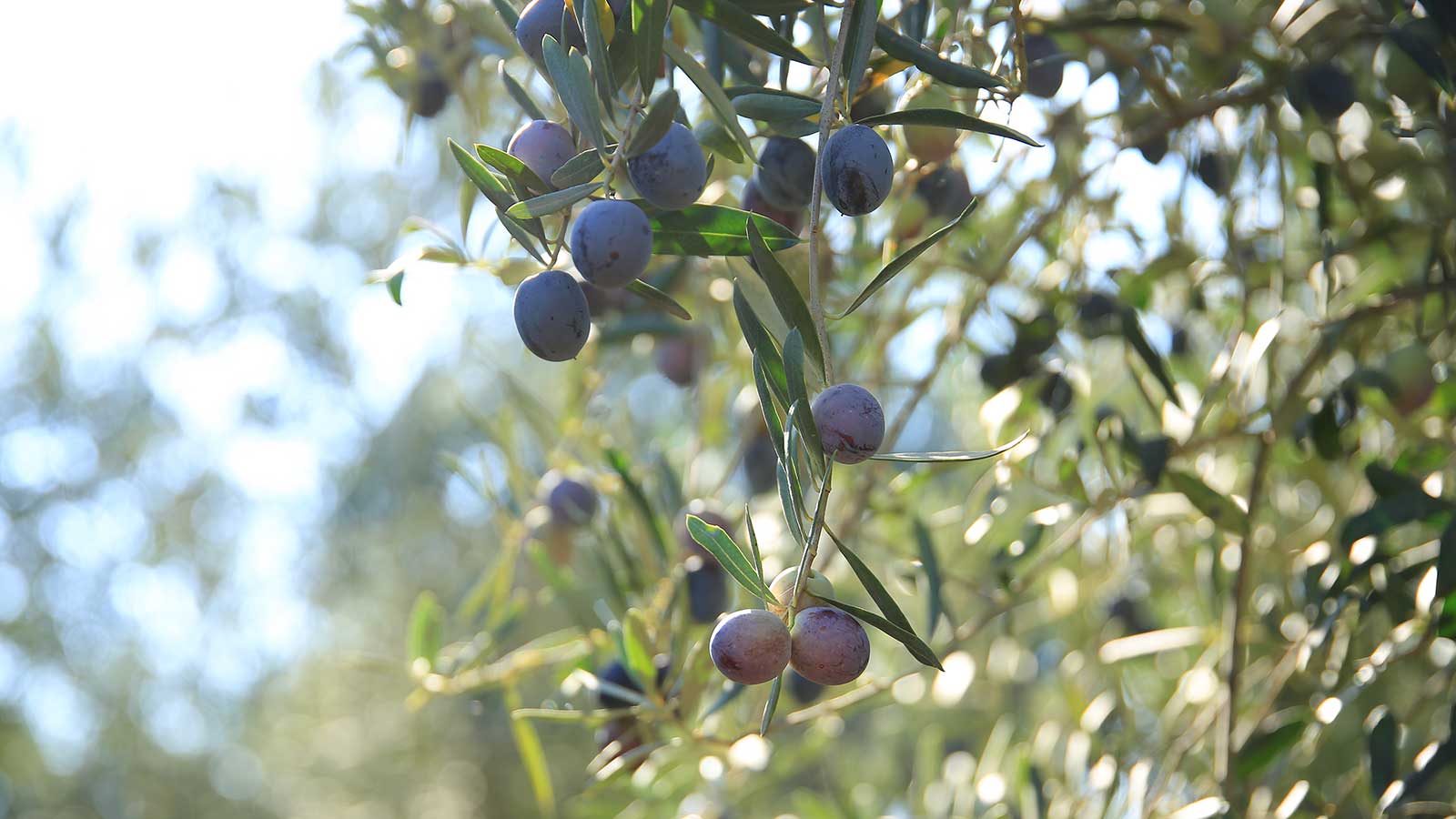

Tender plants need winter protection in many climates. There is no denying that fact. Sometimes it can be as simple as moving them indoors, but what if the plant is too big or you don’t have space? In this scenario, you can wrap them to spend winter outdoors.
There are different ways to do this. Layers of fleece or burlap can be tied around larger plants, or cages packed with protective materials can be wrapped around stems to provide a valuable layer of insulation. If you prefer the easy life, you can always purchase ready-made winter covers to protect plants from frost.
If you haven’t protected your plants yet, the clock is ticking. This guide highlights some tender plants to wrap in November, and provides simple tips for materials to use and how to use them.
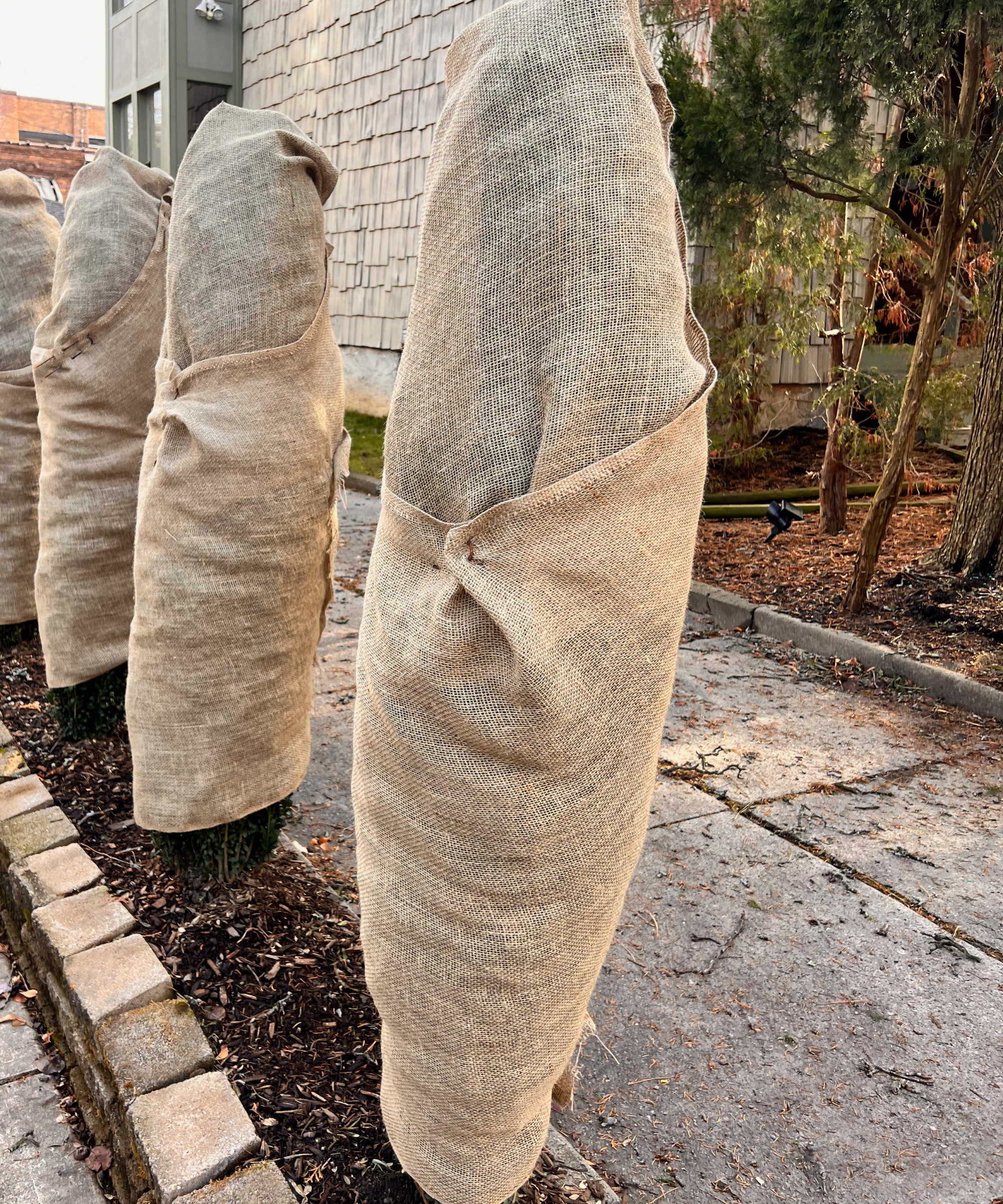
Tender plants to wrap in November
The ideal time to move specimens to overwinter plants indoors, or wrap tender plants to protect them, will depend on your US hardiness zone.
Any winter protection needs to be in place ahead of the first frost, which tends to arrive in September for zones 1-3, October for zones 4-6, and November for zones 7-9. If you live in the latter zones and haven’t finished protecting plants, the following tender plants to wrap in November are best done sooner rather than later.
1. Bananas
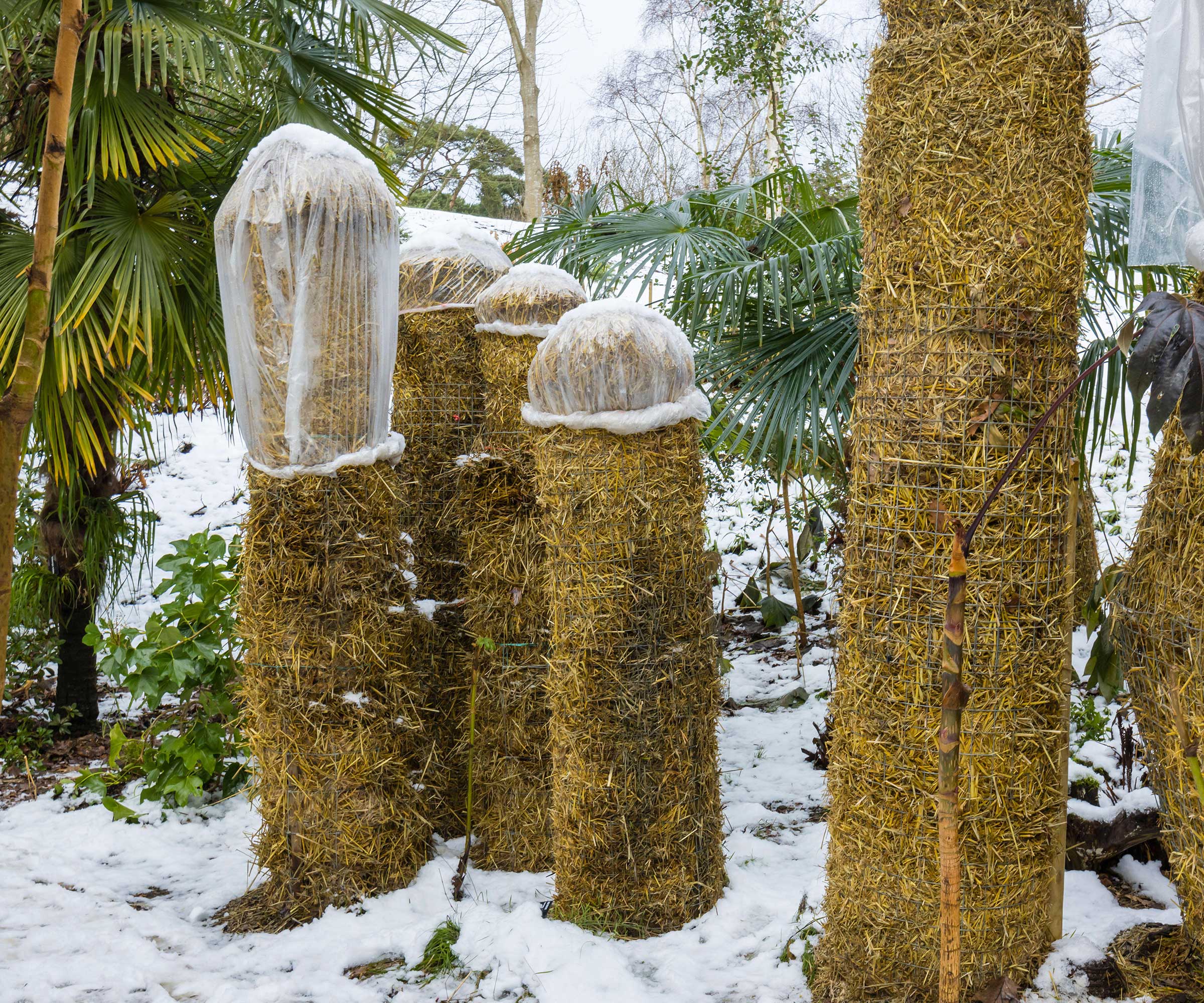
Growing banana trees brings a tropical look to any garden, but they are tropical plants and cannot survive frosts. Even cold-hardy banana trees, such as the popular Musa Basjoo variety, will need winter protection in US hardiness zones 5-8.
To overwinter banana trees, you can bring them indoors. Smaller varieties can be left to continue growing, or larger trees can be cut back and stored as a dormant plant. The third option when growing large banana trees is to wrap them so they can survive winter outdoors.
Design expertise in your inbox – from inspiring decorating ideas and beautiful celebrity homes to practical gardening advice and shopping round-ups.
To do so, cut back the old foliage and create a cage around the tree trunk with chicken wire and stakes.
Pack this cage with straw, leaves, horticultural fleece, or burlap, such as this roll of burlap available at Amazon. For complete protection, a waterproof hood over the cage prevents water getting into the crown and causing rot.
Mulching around the plant is also recommended to protect the roots from freezing temperatures.
2. Tree ferns

Tree ferns are impressive specimens that can reach 15-20 feet, depending on their age and variety. They need winter protection in colder climates. While they can cope with short periods of cold, tree ferns are damaged by prolonged freezing temperatures.
Like bananas, you can winterize tree ferns by bringing them indoors for winter. However, that is not always practical with larger plants, so a better solution might be to wrap them up to protect them from frost.
Remove any damaged or brown fern fronds. Pack the crown with a bundle of straw, burlap, or horticultural fleece, as the crown is the most delicate part of the plant, and tie the remaining healthy fronds upright.
Then wrap the entire plant in a double layer of horticultural fleece, and secure all the covers to ensure they remain in place for winter. Placing bamboo poles, such as these natural bamboo stakes at Amazon, around the plant and wrapping a string around them keeps the covers in place.
3. Passion vines
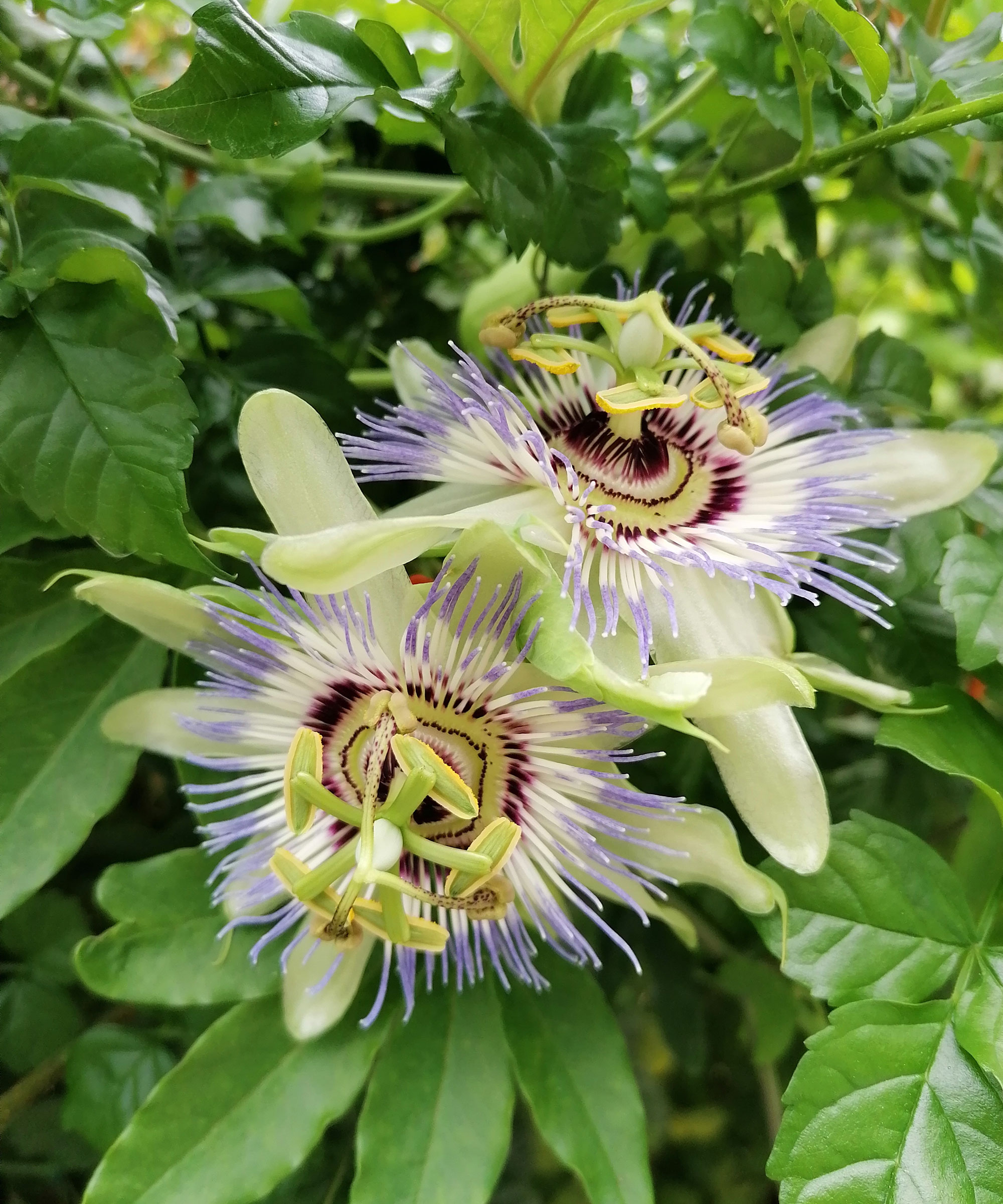
Passion flowers and passion fruit make great fast-growing climbing plants with their distinctive landing pad-like blooms. They are native to South America, and tender varieties need protecting in colder climates.
In particular, fruit-bearing varieties of Passiflora, such as Passiflora mollissima, Passiflora edulis, and Passiflora ligularis, are the least hardy of the passion vines and need winter protection in US hardiness zones 8 and below.
If you grow passion flowers in pots, these plants can be brought into a sunroom, conservatory, or unheated greenhouse for winter. Plants growing in the ground outdoors should be mulched with compost or bark chips to insulate the roots, and have straw packed around their lower stems.
To retain this straw in place, putting canes around the stems and tying horticultural fleece (such as this high quality garden fleece at Walmart) or burlap in place will create a barrier and act as an extra insulating layer for winter.
4. Potato Vine

The potato vine, Solanum jasminoides, might be one of the easiest climbers for enjoying fragrant white flowers in summer, but it is only cold-hardy to US hardiness zone 9.
It can be an evergreen climber in warmer climates, or by being grown in pots and overwintered indoors, though growers in colder regions do need to wrap the tender vine ahead of the frosts.
The method for protecting the potato vine mirrors the advice for tender passion vines. A thick mulching layer of organic matter, such as compost, straw, shredded leaves, or wood chipping (like this premium shredded wood mulch at Walmart) will protect the leaves.
To complete the job, a layer of straw, burlap, or even fleece can be put over the lower stems and secured in place with canes or a basic wire frame. This is sufficient to keep the most tender parts protected from frost.
5. Cordyline

Cordylines are tropical plants hardy in US hardiness zones 9-11. They can cope with small dips in temperatures, but prolonged frosts and cold winds harm their leaves.
Whether growing common cordylines, such as Cordyline australis (which is classed as an invasive plant in some states), or bright alternatives like Cordyline fruticosa (the Hawaiian ti plant), you can keep them safe in winter by wrapping them. Younger and more tender varieties definitely need protecting in colder climates.
Always wear gloves when handling cordylines to prevent cuts from the foliage. Wrap burlap or horticultural fleece around the plants and tie it in place with string. Ensure the plant is dry when you wrap it up, as excess moisture inside the covering can cause rot.
Remove the wrapping once temperatures warm in late winter to stop the plant from excessively sweating under its winter cover.
6. Olives

Olive trees may be quite hardy, but young trees or those in pots are more vulnerable. Even mature trees may need wrapping against extreme temperatures, as when temperatures drop below 14°F, any olive tree will be damaged.
Olive trees in pots can be moved indoors to a greenhouse or conservatory for winter. Plants outdoors should be given a 2-4 inch layer of mulch and wrapped in frost cloth, or horticultural fleece. Cover the plant in fleece and secure it in place with a string to prevent cold winds from whipping it off the tree.
Instead of making your own covers to protect olive trees from frosts, you can buy purpose-made zip-up covers to make them easier to put on and take off as needed. For example, these plant covers on Amazon come in various sizes and have a zip and drawstring to secure them onto your trees.
7. Melianthus

Melianthus major, also known as the honey bush, is an exotic shrub from South Africa. It always impresses with large and distinctive grey-green serrated leaves, but also emits a unique aroma of peanut butter when the leaves are rubbed or crushed.
It is hardy in US hardiness zones 9-11. Growers in zone 8 or colder have a choice: treat it as an annual or wrap the plant and protect it from frosts. If you can overwinter Melianthus successfully and keep the stems undamaged by frosts, there is a chance to get a display of exotic red flower spikes in spring.
To do this, mulch thickly over the roots and wrap the entire foliage in several layers of horticultural fleece. Installing an additional windbreak around the plant can provide extra protection from cold winter winds that can nip at the foliage and stems.
FAQs
Will a plastic bag protect plants from frost?
It is not advisable to use plastic bags or garbage bags to protect plants, even for one night against a surprise frost. Plastic bags trap moisture and don’t offer insulation against frost. It can mean the trapped moisture freezes, and the bag can even freeze itself to the plant and cause lots of damage. It is always better to use breathable materials such as burlap, frost cloth, or even bed sheets to protect plants from frost.
There are many smaller tender plants you can bring indoors for winter without too much fuss. They can spend the colder months in a greenhouse, conservatory, porch, or in front of a bright window. This guide to tender plants to bring indoors in November highlights a great selection of plants to overwinter indoors, including agapanthus, pelargoniums, succulents, and bromeliads.

Drew has worked as a writer since 2008 and was also a professional gardener for many years. As a trained horticulturist, he worked in prestigious historic gardens, including Hanbury Hall and the world-famous Hidcote Manor Garden. He also spent time as a specialist kitchen gardener at Soho Farmhouse and Netherby Hall, where he grew vegetables, fruit, herbs, and cut flowers for restaurants. Drew has written for numerous print and online publications and is an allotment holder and garden blogger. He is shortlisted for the Digital Gardening Writer of the Year at the 2025 Garden Media Guild Awards.
You must confirm your public display name before commenting
Please logout and then login again, you will then be prompted to enter your display name.
